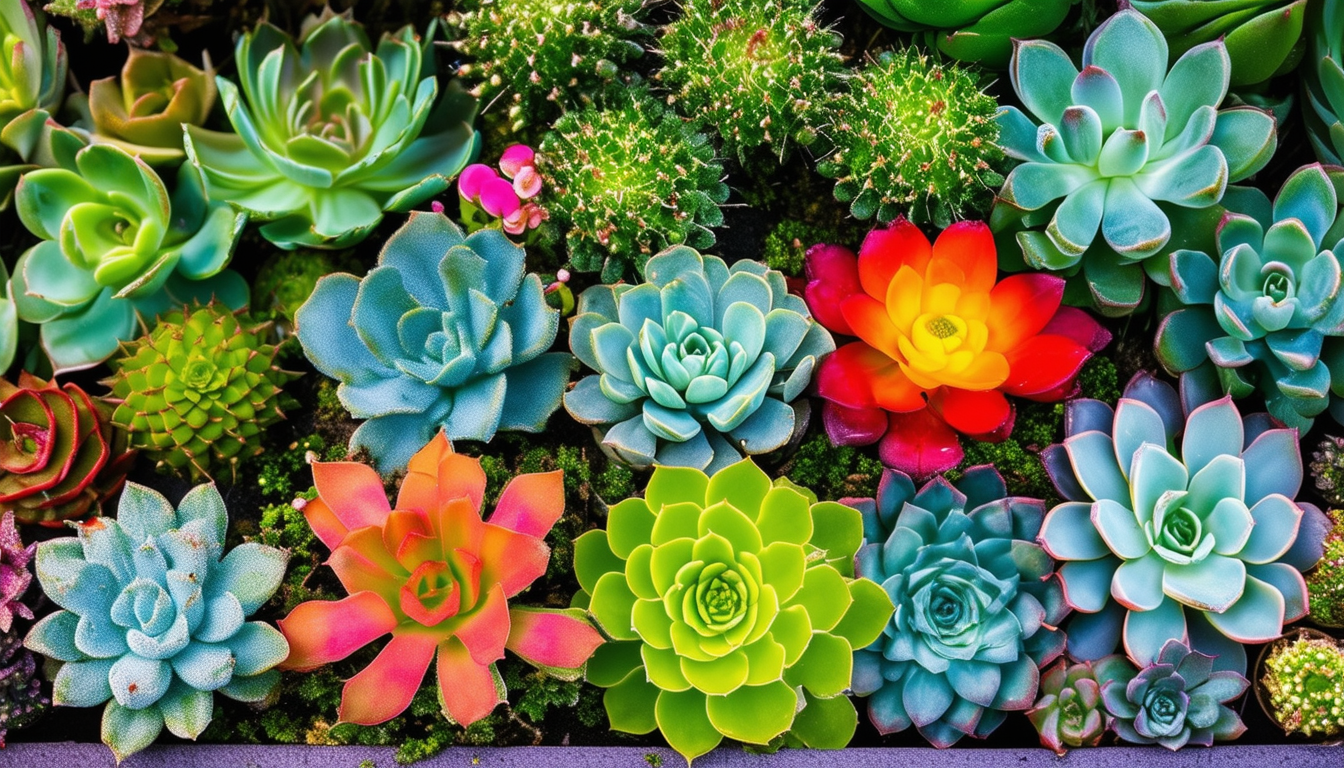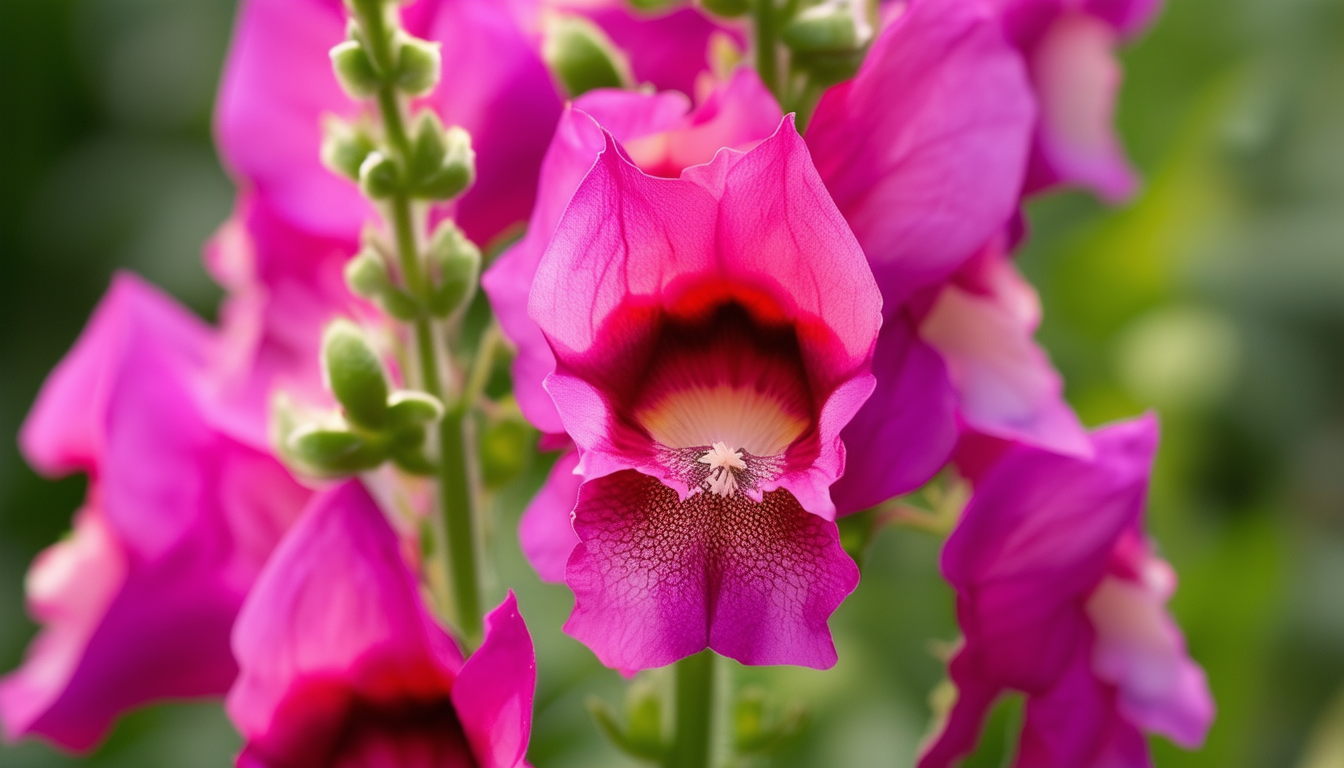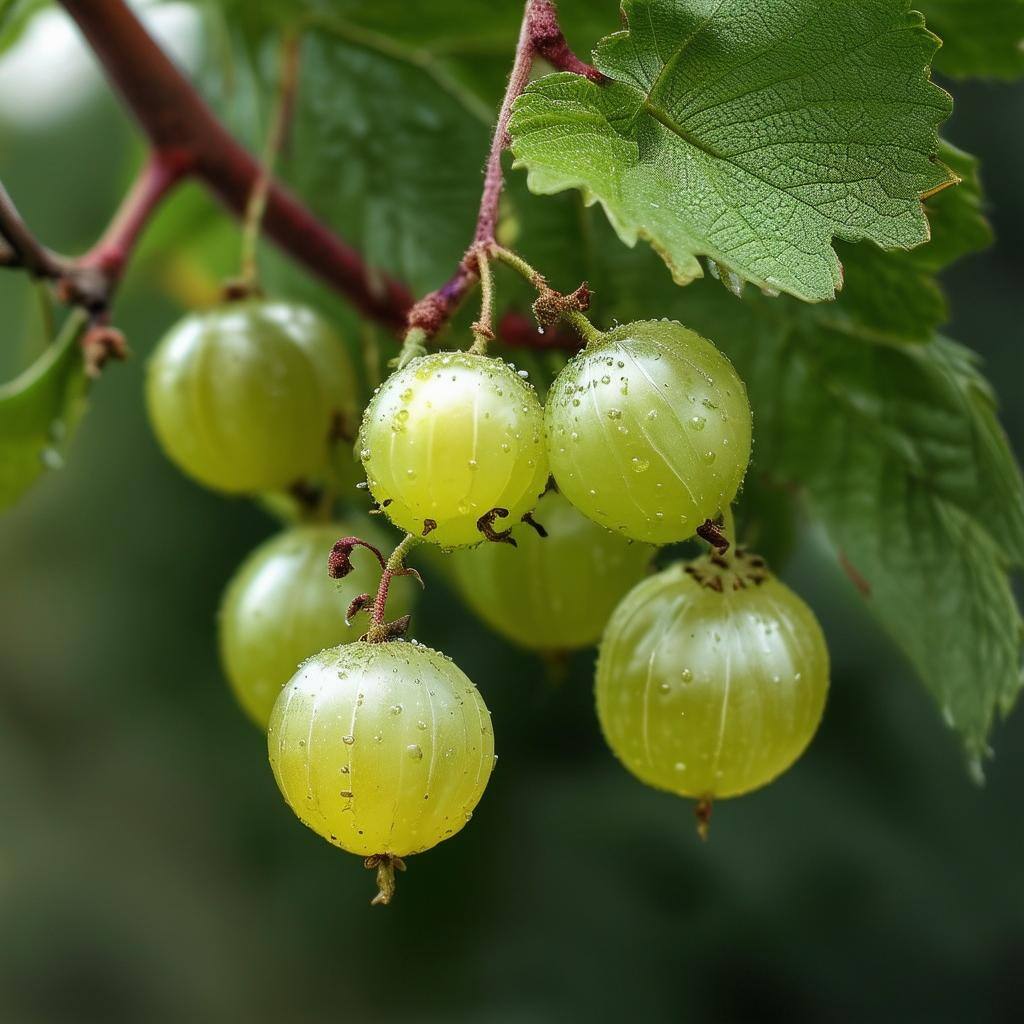
Discover the secrets to cultivating healthy, vibrant succulents in your home and garden.
Choosing the Perfect Succulent for Your Space
When selecting succulents for your space, it's essential to consider both the aesthetic and practical aspects. There are various types of succulents to choose from, such as Echeveria, Aloe Vera, and Sedum. Echeveria is known for its rosette shape and vibrant colors, making it an excellent choice for decorative pots. Aloe Vera, on the other hand, is not only attractive but also offers medicinal properties. Sedum, with its sprawling growth habit, is perfect for ground cover in garden beds.
Essential Tools and Supplies for Succulent Care
To ensure your succulents thrive, you'll need some essential tools and supplies. A well-draining potting mix is crucial as it prevents water from sitting at the roots and causing rot. Terracotta pots are ideal because they allow for better airflow. Tools like small trowels, tweezers, and watering cans with a narrow spout will make planting and maintenance easier. Additionally, having a spray bottle can help with misting leaves without overwatering the soil.
Creating the Ideal Environment for Succulents
Succulents thrive in environments that mimic their natural habitats, which are typically dry and sunny. Place them in spots where they can receive ample sunlight, ideally 6-8 hours a day. If you live in a region with less natural light, consider using grow lights. Ensuring proper ventilation is also important to prevent mold and mildew. Lastly, maintain a temperature range between 60-80°F (15-27°C) for optimal growth.
Watering Techniques for Thriving Succulents
Watering succulents correctly is vital to their health. The 'soak and dry' method is highly recommended. This involves watering the soil thoroughly until water drains out of the bottom, then allowing the soil to dry completely before watering again. Avoid misting the leaves too frequently as this can lead to mold. During the growing season, succulents may need more frequent watering, but in the dormant winter months, reduce the frequency significantly.
Common Pests and Problems: Prevention and Solutions
Succulents are generally hardy, but they can still fall prey to pests and diseases. Common pests include mealybugs, spider mites, and aphids. Regularly inspect your plants and remove any pests using a cotton swab dipped in alcohol. Overwatering is a common issue that can lead to root rot; ensure that your soil and pots provide adequate drainage. If you notice any signs of infection or rot, remove the affected parts immediately to prevent spread.
Examples of easy succulents to grow
If you're new to growing succulents, start with some easy-to-grow varieties. Jade Plant (Crassula ovata) is very forgiving and can thrive with minimal care. Haworthia, with its striking, zebra-like leaves, is another low-maintenance option. Lastly, the hardy Burro's Tail (Sedum morganianum) is perfect for hanging pots and can withstand neglect.
Propagating succulents
Propagating succulents is a rewarding process that allows you to expand your collection. Leaf propagation is one of the simplest methods. Gently twist a healthy leaf from the stem and let it dry for a few days. Place the leaf on top of the soil and mist it lightly until roots and new leaves form. For stem cuttings, cut a healthy stem, let it callous over for a few days, and then plant it in well-draining soil. With patience and care, you'll see new growth in no time.



